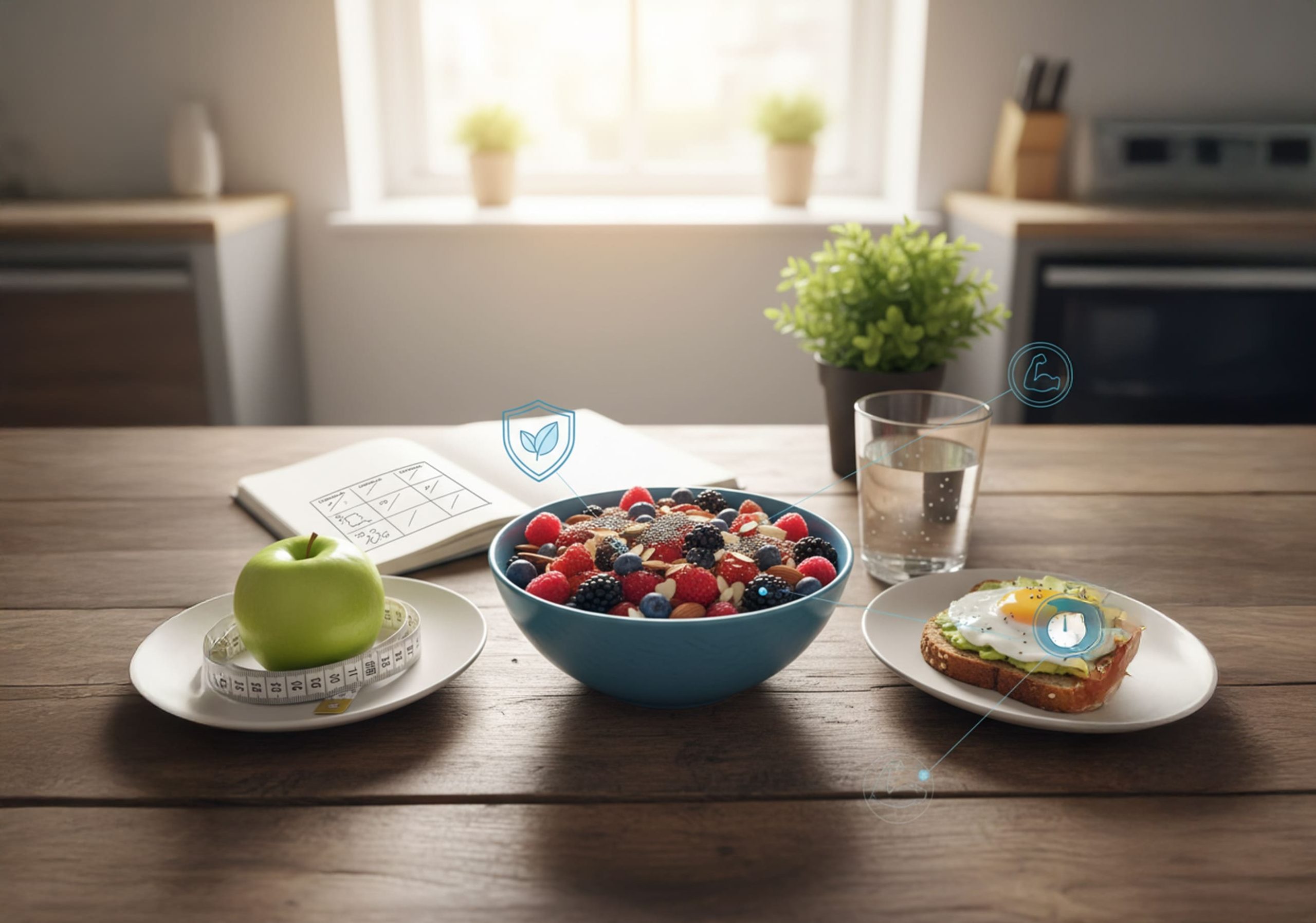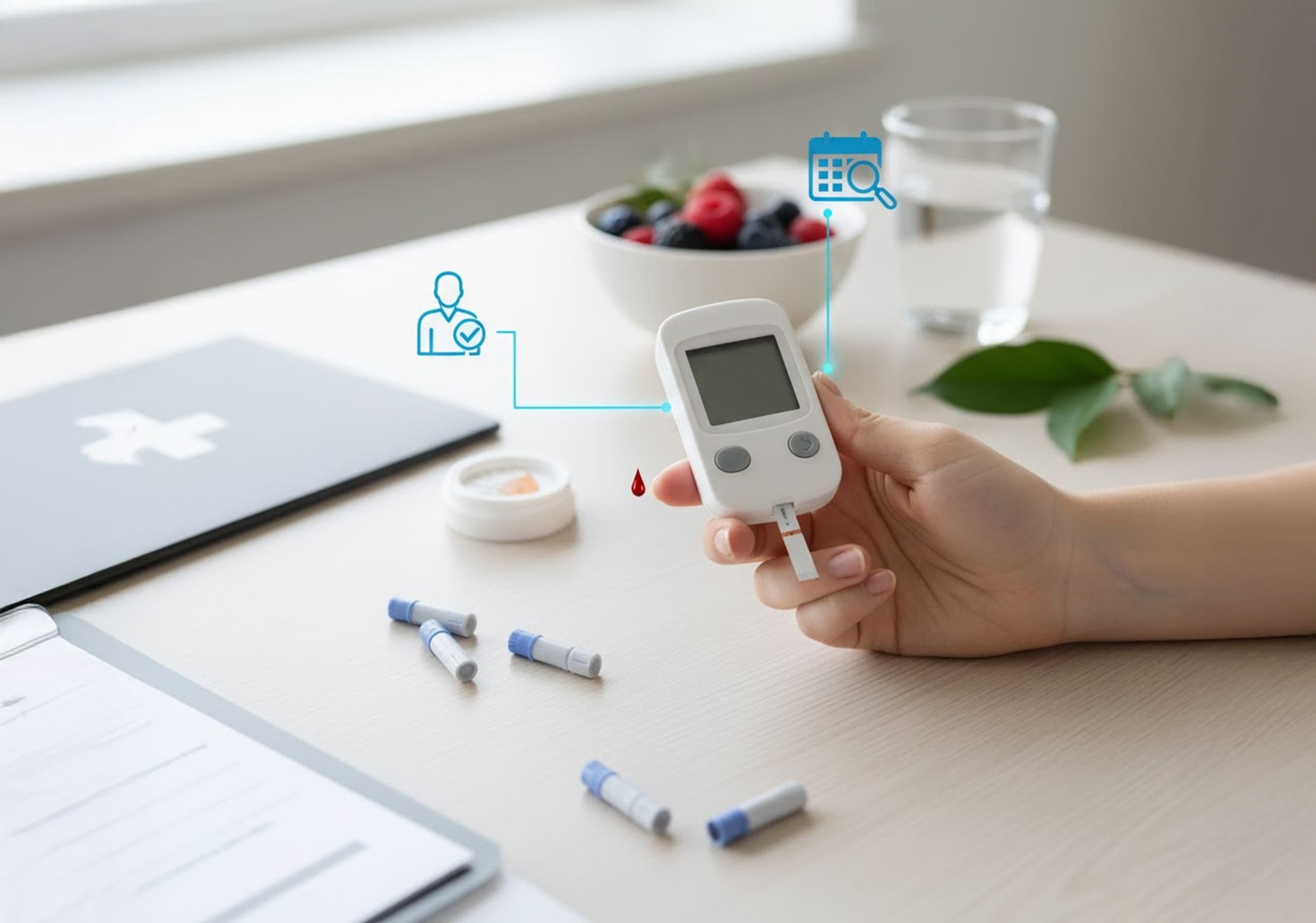Introduction — Why Your Eyes Deserve the Spotlight
You know how diabetes demands attention like that clingy friend who always wants to hang out? Well — your eyes are one of the first to notice when blood sugar doesn’t behave. Among the many silent complications, Diabetic Retinopathy (DR) is particularly sneaky: often painless, slowly creeping in, and can rob you of vision before you even realize something’s off.
But here’s the hopeful bit: with early detection, proper care, and timely treatment — especially at a care centre like LLH Hospital, Abu Dhabi — you might not just stall DR, you could protect, preserve, and in some cases partially restore vision. So, the real question: Is DR reversible or at least manageable? And what treatment paths should you know about? Let’s dive in — with clarity, care, and a dose of hope.
What Happens in Diabetic Retinopathy (DR) — Causes & Symptoms
- DR arises when long-term high blood sugar damages the tiny blood vessels in the retina, the light-sensing tissue at the back of your eye. Over time, these vessels become leaky or blocked, and the retina gets starved of oxygen.
- In early stages, you may not notice any problem — no blurriness, no pain. That’s the sneaky part.
- As Diabetic Retinopathy advances, symptoms can emerge blurred vision, dark or floating spots, impaired night vision or reduced contrast, and sometimes sudden vision loss if bleeding occurs.
- DR isn’t always alone — diabetes also ups the risk for Glaucoma (especially the “open-angle” and neovascular types), meaning many diabetics need a dual eye-care focus.
So yes — DR is subtle at first. But if left unchecked, retina + nerve + blood-vessel damage can be combined to threaten vision for good.
Can Diabetic Retinopathy Be Reversed? Here’s the Reality
- The hard truth: once DR has advanced — with significant retinal scarring, bleeding, new fragile blood vessels, or retinal detachment — full reversal is rarely possible.
- But — and this is the silver lining — if detected early and managed promptly, many of the harmful changes can be halted, slowed or sometimes partially improved. Treatment can stop further damage, reduce vision-threatening complications, and in some cases, stabilize or modestly restore vision.
- In other words: think of it as controlling a storm rather than curing permanent scarring. Once damage is extensive, it becomes more about preserving what remains, not rewriting what’s lost.
How DR (and Glaucoma) Are Treated — What Works Today
At LLH Hospital’s Ophthalmology department, patients get access to contemporary, evidence-based interventions. These include:
- Strict diabetes, blood pressure & cholesterol control — the foundation. Stabilizing systemic health slows DR’s progression and reduces risk for glaucoma too.
- Anti-VEGF injections & steroid injections — these target abnormal vessel growth and leaking, useful especially if there’s swelling (e.g. macular edema) or early proliferative changes.
- Laser therapy (pan-retinal photocoagulation or focal laser) — helps seal or shrink diseased retinal blood vessels to prevent further bleeding and vessel proliferation. This is among the most widely used treatments for DR.
- Surgical intervention (vitrectomy) — in advanced cases where there’s persistent bleeding inside the eye or scar-induced retinal detachment. This removes the vitreous gel, clears hemorrhage, and restores retinal anatomy as much as possible.
- Comprehensive eye exams & regular screening — probably the most under-rated tool. Early detection can dramatically improve outcomes. Annual dilated retinal exams are highly recommended for diabetics.
When DR and glaucoma risk overlap (as often happens in diabetics), managing both together becomes critical — controlling eye pressure, monitoring optic nerve health and retina status simultaneously.
Meet the Experts at LLH Hospital, Abu Dhabi
LLH doesn’t just offer generic care — it brings a team of experienced, fellowship-trained ophthalmologists and retina-specialists who are well-versed in managing complex diabetic eye diseases.
- Dr. Soumya Kanakatte Sathyanarayan — Glaucoma-fellowship trained specialist with nearly a decade of experience in glaucoma surgery and comprehensive eye care at LLH.
- Dr. Ramya Appanraj — Vitreoretinal surgeon with advanced training in retinal imaging and vitreoretinal surgical techniques — ideal for managing DR, retinal detachments, hemorrhages, and other serious retinal conditions.
- Plus several other qualified ophthalmologists and specialists under LLH’s Ophthalmology wing — ensuring you get tailored, up-to-date eye care.
If you are diabetic, or already have signs of vision changes — LLH’s eye department is well-equipped to screen, diagnose, and manage DR (and associated risks like glaucoma) effectively.
What You Can Do — Practical Steps if You’re Diabetic
- Schedule a dilated retina exam at least once a year — even if vision feels normal. Early detection is your best defense.
- Keep blood sugar, blood pressure, and cholesterol under control. A stable metabolic profile reduces risk of DR progression and glaucoma.
- If diagnosed with early Diabetic Retinopathy – follow doctor’s advice on injections, laser therapy or monitoring. Don’t wait for symptoms.
- If you notice blurred vision, floaters, dark spots – treat it as a red flag. Visit an ophthalmologist, preferably at a specialized centre like LLH.
- Don’t panic if DR is diagnosed – modern treatments can often preserve, stabilize or even partially restore vision.
Conclusion — Hope Is Real, Vision is Precious
Here’s the deal – diabetic retinopathy isn’t a death sentence for your eyesight. It’s more like a storm warning. With the right care, timely treatment and a sharp eye (pun intended) on your health, that storm can be weathered.
At LLH Hospital, Abu Dhabi, with skilled ophthalmologists like Dr. Soumya Kanakatte Sathyanarayan and Dr. Ramya Appanraj, advanced retinal care facilities, and a commitment to personalized treatment — you have a fighting chance.
So if you have diabetes, don’t wait for symptoms to speak up. Schedule an eye exam now, treat early, and let yourself believe in vision — not because you have to — but because you deserve it. After all, life looks better in sharp focus, doesn’t it?




























